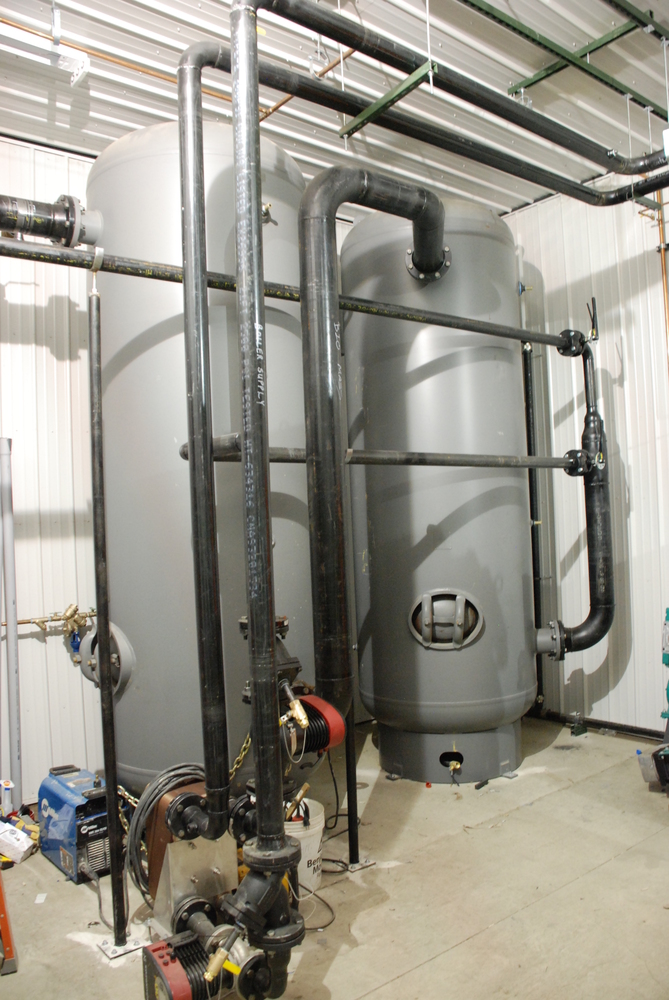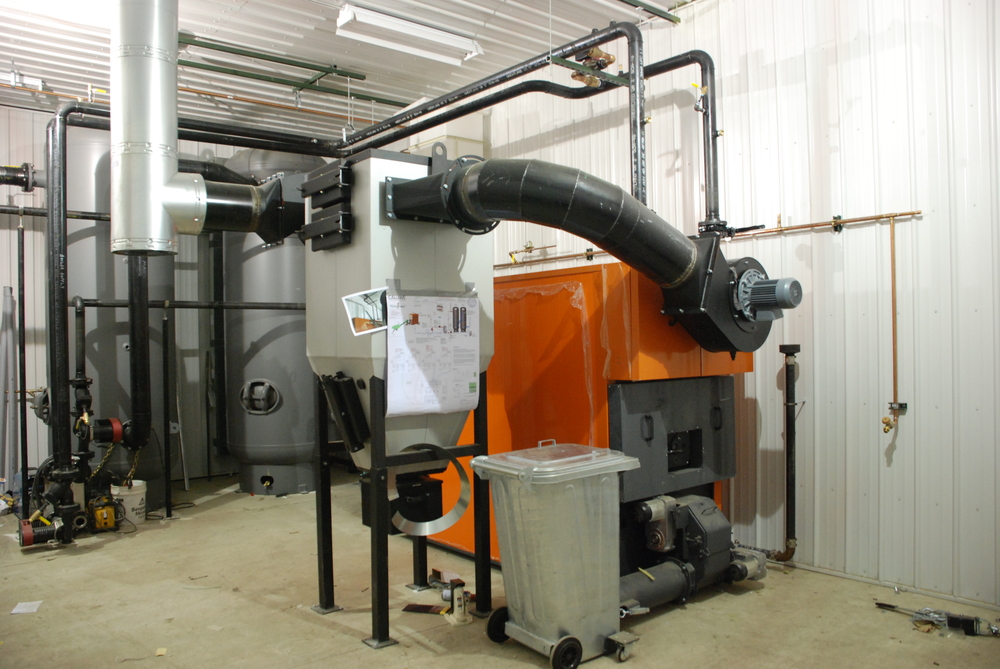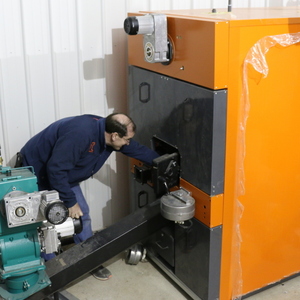Biomass boiler nearing completion at University of Illinois, UC













Debra Levey Larson, University of Illinois College of Agricultural, Consumer and Environmental Sciences
February 2, 2017
BY Katie Fletcher
Advertisement
Advertisement
Related Stories
Global agribusiness company Bunge on Sept. 23 announced it has launched a $50 million initiative to install a modern, biomass-based steam boiler system at its oilseed processing facility in Martfűi, Hungary.
Blending biomass with coal isn’t technically possible—it’s a craft.
U.S. manufacturers produced approximately 900,000 tons of densified biomass fuels in May, according to the latest edition of the U.S. IEA’s Monthly Densified Biomass Fuels Report. Sales of densified biomass fuel reached 850,000 tons during the month.
US Forest Service awards support projects to transport biomass for use in pellet, power and firewood applications
The U.S. Forest Service on Sept. 16 awarded $23 million to support the removal and transport of 1.1 million tons of low-value woody biomass from national forests. A portion of that material is expected to be used to produce energy and wood pellets.
Renewables are currently expected to account for 25% of U.S. electricity generation in 2025, increasing to 26% in 2026, according to the U.S. Energy Information Administration’s latest Short-Term Energy Outlook, released on Sept. 9.





